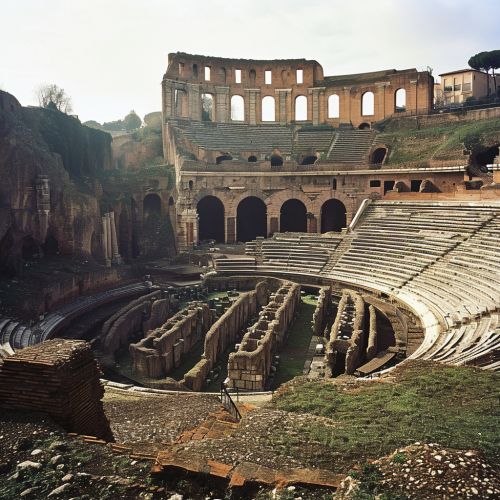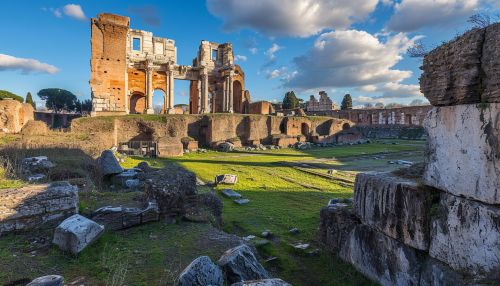Western Roman Empire
Introduction
The Western Roman Empire was the western part of the Roman Empire that existed from 395 AD until its fall in 476 AD. The empire was a vast political entity that covered much of Europe, North Africa, and parts of the Middle East. It was characterized by a complex system of government, a sophisticated legal system, and a rich cultural and intellectual life.
Historical Background
The Western Roman Empire was established following the death of Theodosius I in 395 AD, when the Roman Empire was divided into eastern and western halves. The division was initially intended to be a temporary measure, but it became permanent after the death of Theodosius's son, Honorius, in 423 AD.
Political Structure
The political structure of the Western Roman Empire was complex and multifaceted. At the top was the emperor, who held ultimate authority and was considered the representative of the gods on earth. Below the emperor were a series of officials and administrators who managed the day-to-day affairs of the empire.
Military
The military of the Western Roman Empire was one of the most powerful in the ancient world. It was composed of professional soldiers, known as legionaries, who were supported by auxiliary troops drawn from the provinces. The military was responsible for defending the empire's borders, maintaining internal order, and conducting wars of conquest.
Economy
The economy of the Western Roman Empire was based on agriculture, trade, and taxation. The empire's vast size and diverse population allowed for a high degree of economic specialization, with different regions producing different goods and services.
Culture
The culture of the Western Roman Empire was a blend of Roman, Greek, and local traditions. The empire was known for its architecture, literature, philosophy, and the arts. The Roman law, which was codified in the Corpus Juris Civilis, had a profound influence on the legal systems of many modern nations.
Decline and Fall
The decline and fall of the Western Roman Empire is a subject of enduring interest and debate among historians. Factors contributing to the empire's fall include economic instability, military decline, internal strife, and pressure from barbarian invasions.
Legacy
The legacy of the Western Roman Empire is profound and far-reaching. Its political and legal institutions served as a model for many subsequent societies, and its cultural and intellectual achievements continue to inspire and influence to this day.


